10 Cities That Could Work for the AFL's Manitoba Moose
10 Cities That Could Work for the AFL's Manitoba Moose
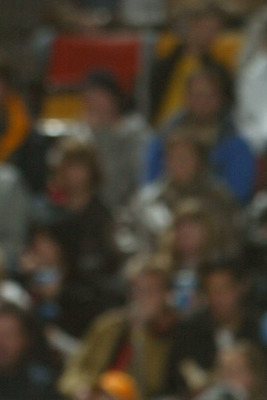
With Tuesday’s formal confirmation of the NHL’s return to Winnipeg, it is likewise time to cue the migration of the Manitoba Moose and to ask “Where to now?”
Although some reports have had the team, in conjunction with the parent Vancouver Canucks, transferring to St. John’s, Nfld., the AHL has frankly outgrown the Maritime provinces. So there is no need for the likes of Cape Breton, Fredericton, Moncton, or Saint John to get their hopes up, either. Major junior is as good as it will get around those parts.
Quebec City, too, should be happy with the QMJHL’s Remparts, for that’s been the only team it can sustain. After the NHL’s Nordiques bolted in 1995, Quebec tried the IHL with the Rafales and then the AHL with the Citadelles, who survived for two and three seasons, respectively.
Other past AHL cities are similarly too small and/or too compressed by neighboring franchises. We’re looking at you, Lowell and New Haven (which has yet to replace the Coliseum it demolished four years ago).
But beyond northeastern North America sit an abundance of viable candidates, each with a respectable history of professional hockey. On that note, in alphabetical order, here are the top 10 choices for the Moose to flood their new pond.
Atlanta

No joke. After all, it is not unheard of nowadays for an arena to host the AHL and NBA (see Charlotte, Cleveland, Houston, Milwaukee, and San Antonio). And while it might not be the most practical place for Vancouver to base its prospects, that didn’t stop the Canucks from having past farm teams in Hamilton, Ont. or Syracuse, N.Y.
For at least some of the 19-year interim between the Flames and the Thrashers, Georgian hockey fans got their fix courtesy of the International League’s Knights.
And remember what happened the last time the NHL transplanted one of its teams? In 1997, the Hartford Whalers moved to North Carolina and dislodged the AHL’s Carolina Monarchs in the process. The Monarchs found new ice in Connecticut, albeit temporarily, as the Beast of New Haven, and had an equally fresh rival waiting in the form of the Hartford Wolf Pack.
Baltimore
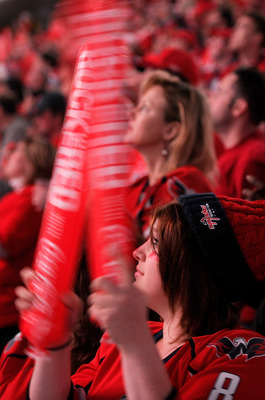
It is not quite the same as Cleveland, Providence, or Syracuse, but Baltimore has a substantial history with AHL franchises. Dating back to 1962, the Clippers, Skipjacks and Bandits have combined for 27 seasons of Triple-A hockey at what is now known as 1st Mariner Arena.
Granted, it has been 14 years since the venue or the city has had pro hockey. And the most recent team, the Bandits, lasted a modest two seasons (1995-97).
But considering the way Alexander Ovechkin and the Capitals have recently replenished the sport’s relevance in and around Washington, it couldn’t hurt to try again, could it?
Des Moines
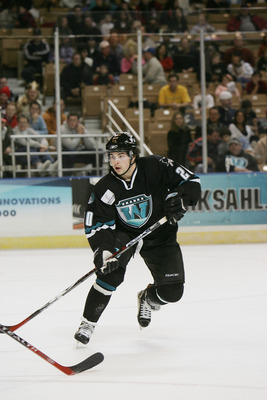
Des Moines was a one-time IHL city with the Oak Leafs and Capitols combining for 12 seasons (1963-1975).
More recently, Iowa tried its luck in the AHL with the I-Stars and Chops for four years until unspecified front office violations ushered the team out of town in 2009. Before that, the Chops had attracted a respectable nightly average of 4,322 fans, outdrawing nine teams who continue to live stable lives in the league.
It would only be fair to local rooters if they had a second chance to attend pro hockey games. And if the push for a new team succeeded, it would generate a redemptive vibe from a management standpoint.
Fort Wayne, Ind.
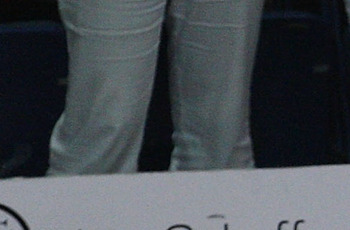
For 59 consecutive years and counting, Indiana’s second-largest city has had its beloved Komets in one incarnation or another. From their inception in 1952 until 1999, they were a staple in the old International League and have since played at the Double-A level in the United League, the new International League, and the current Central League.
If the dormant Triple-A tradition could be revived, then the Canucks new affiliate would be in a prime position to establish rivalries with the Chicago Wolves, Grand Rapids Griffins, Lake Erie Monsters, Milwaukee Admirals, Peoria Rivermen and Rockford IceHogs. It is worth noting that all of those cities, with the exception of Rockford, were once IHL mainstays.
Indianapolis
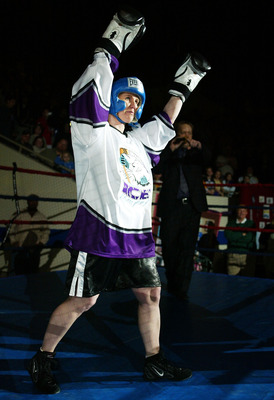
Between the old AHL Capitals (1939-1952), IHL Chiefs (1955-62), CHL/IHL Checkers (1979-1987), and IHL Ice (1988-1999), Indianapolis has a combined 39 years of Triple-A hockey under its belt. And then there were the Racers, who lasted through six WHA seasons in the 1970s.
Potential drawbacks would be the advanced age of the Pepsi Coliseum, which opened in 1939, and the uncertainty that the Conseco Fieldhouse would be willing to take in a full-time hockey tenant. But if that hurdle could be cleared, it would amount to the same geographic rivalry breeding grounds as the Fort Wayne proposal.
Kansas City
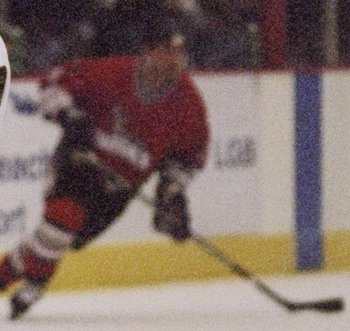
Interest in an NHL team has been repeatedly expressed on behalf of this city, which had the Scouts for all of two seasons in the mid-1970s.
But before and since, Kansas City has been home to the St. Louis Blues’ CHL affiliate (1967-72, 1976-77), the Red Wings farm team (1977-79) and the bygone IHL’s Blades (1990-2001).
If this community is going to get back to the majors, though, it will first have to show it can sustain a Triple-A team after a decade-long absence. But no one’s saying that can’t be done.
Incidentally, in their final year of existence, the Blades served as Vancouver’s affiliate. Maybe they could pick up where they left off.
Minneapolis

You may recall the team in question started as the Minnesota Moose in 1994. And while the Wild have given locals what they were really pining for after the loss of the North Stars, adding a minor league team now would give the self-professed “State of Hockey” that much more credibility in its claim.
Trying to base a minor pro team so close in an NHL neighborhood is always hit-and-miss. The IHL’s Detroit Vipers mustered seven years at the Palace of Auburn Hills, a half-hour commute away from the Red Wings. But when poor results on the ice drained attendance, it became evident that “Hockeytown” wasn’t big enough for the two of them.
And theoretically, the only explanation for the Chicago Wolves 17-plus years of longevity is that their growth coincided with years of futility on the part of the Blackhawks. Meanwhile, Toronto kind of speaks for itself with its support of the Maple Leafs and Marlies.
But consider this: The Wild, along with the Golden Gophers, all but sell out every game a year in advance, leaving countless would-be attendees out in the cold. Wouldn’t those fans embrace an affordable alternative to take their puck-loving families and friends on a night out?
Salt Lake City
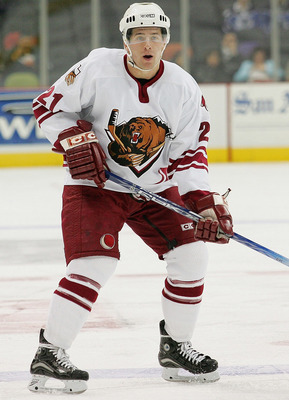
Before the current incarnation of the Utah Grizzlies joined the ECHL in 2005, Utah had enjoyed 35 smooth seasons of Triple-A level hockey, with only one season of idleness in between. From 1969 through 1994, the Salt Lake Golden Eagles competed in the Western, Central, and International Leagues before becoming the Detroit Vipers.
One year thereafter, the Grizzlies shuffled over from Denver and have drawn crowds to IHL, AHL, and ECHL games ever since.
San Diego
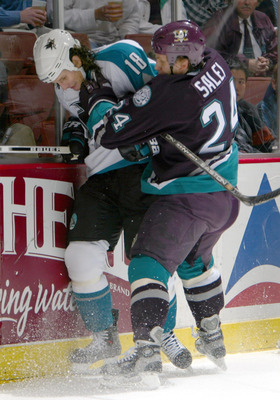
Ron Burgundy’s hometown has lacked a hockey team for the last five years following the demise of the Gulls, who first entertained International League fans from 1990-95 and then ECHL fans from 1995-2006.
Might Valley View Casino Center (nee San Diego Sports Arena) be ready to open its heart for a new professional winter sports franchise? If so, the AHL would certainly benefit by adding its second Pacific Time Zone franchise.
Seattle
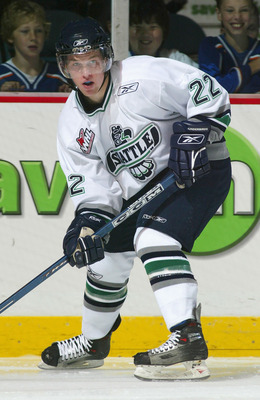
Another city often rumored to crave an NHL team. But considering the 2008 departure of the NBA’s Supersonics, and the fact that KeyArena is on the brink of its 50th birthday, maybe it’s best to at least start simpler.
Here are two undeniable pluses: If Canucks management has any interest in sensibility, Seattle is barely two hours away from Vancouver. And the major junior Thunderbirds would not need to be evicted, seeing as they have played in the suburban ShoWare Center since 2008.
